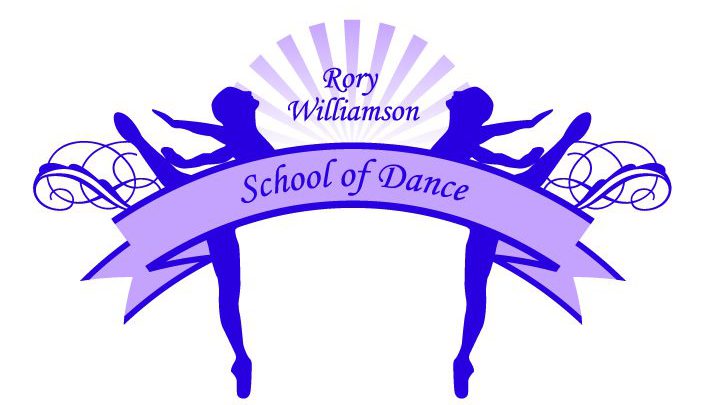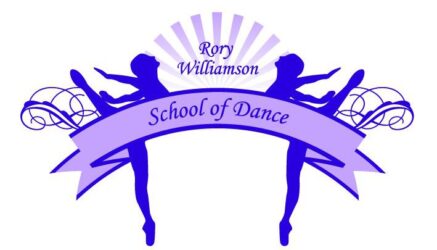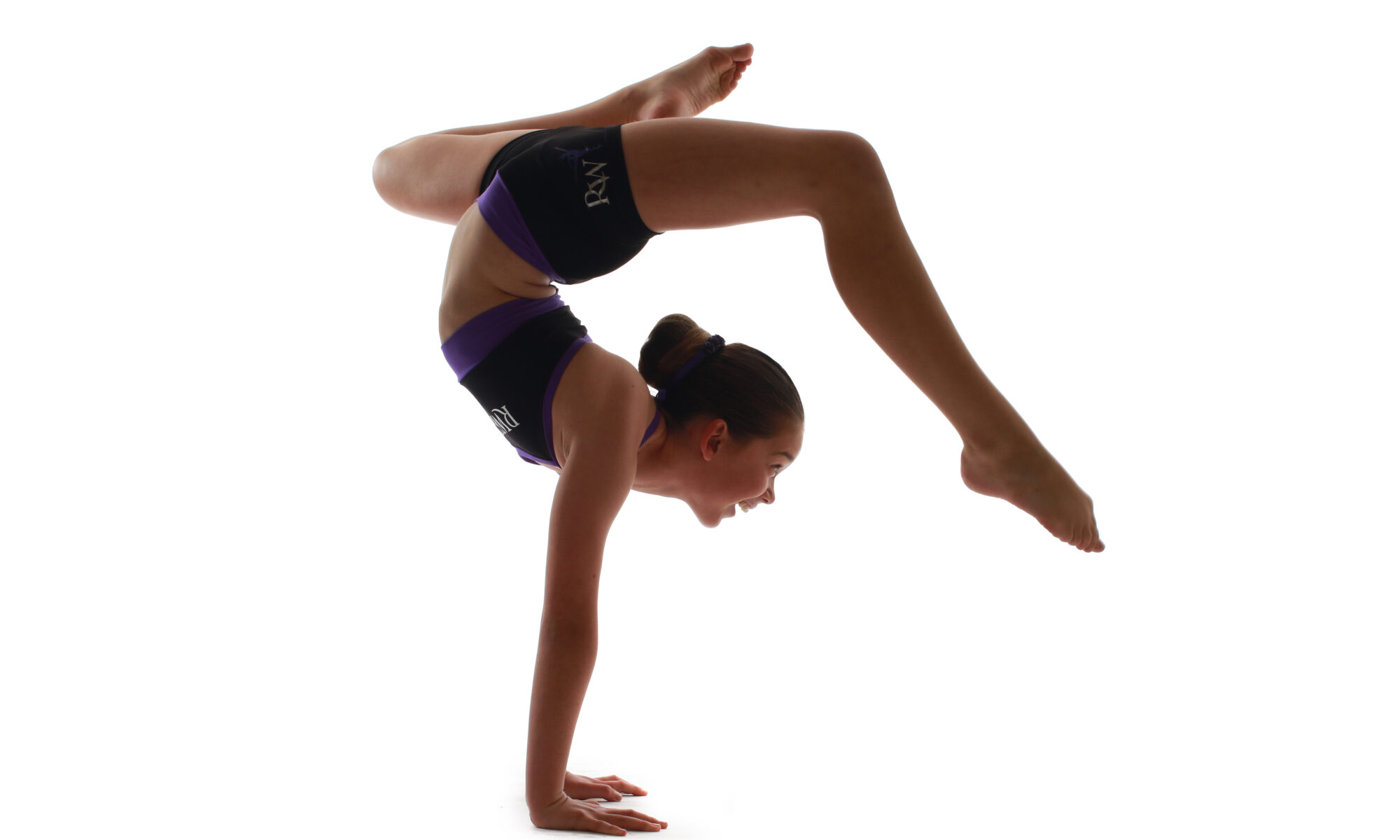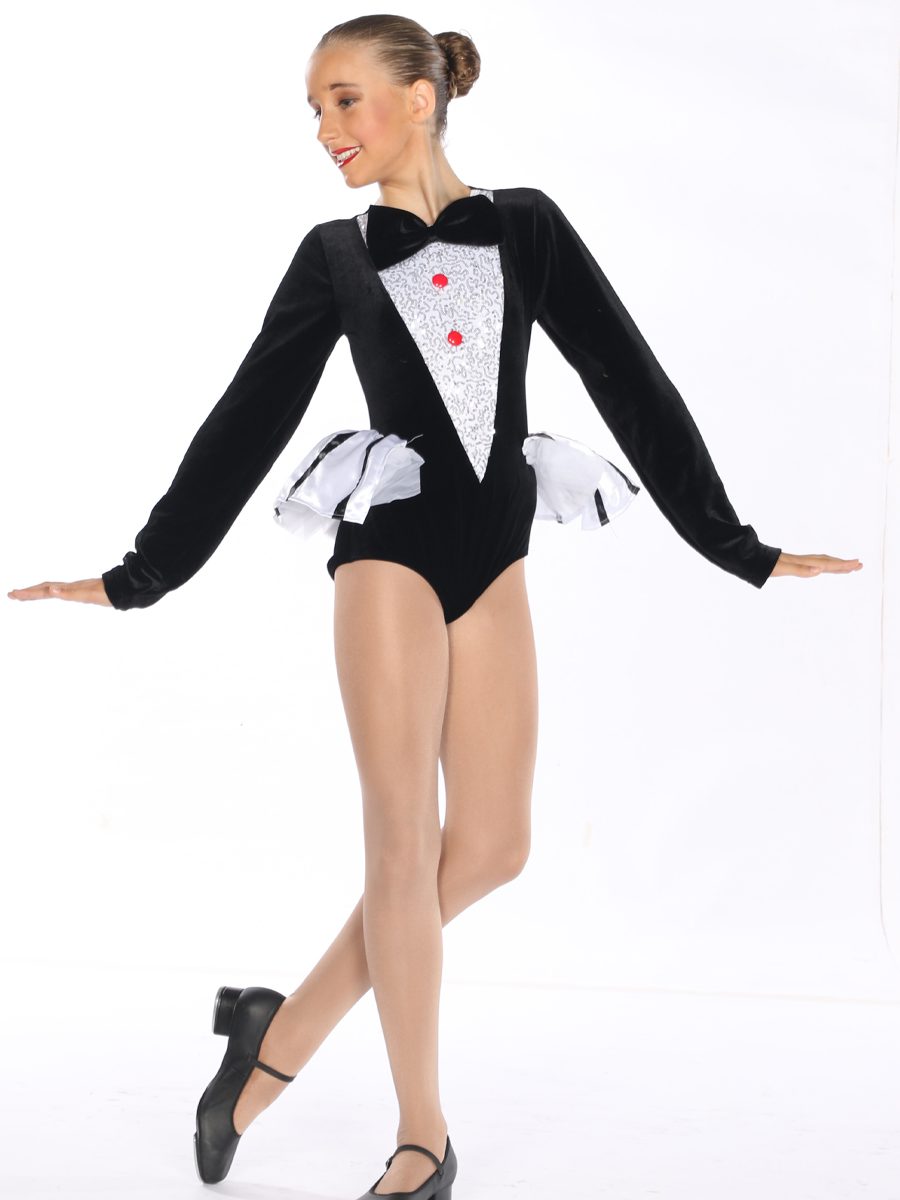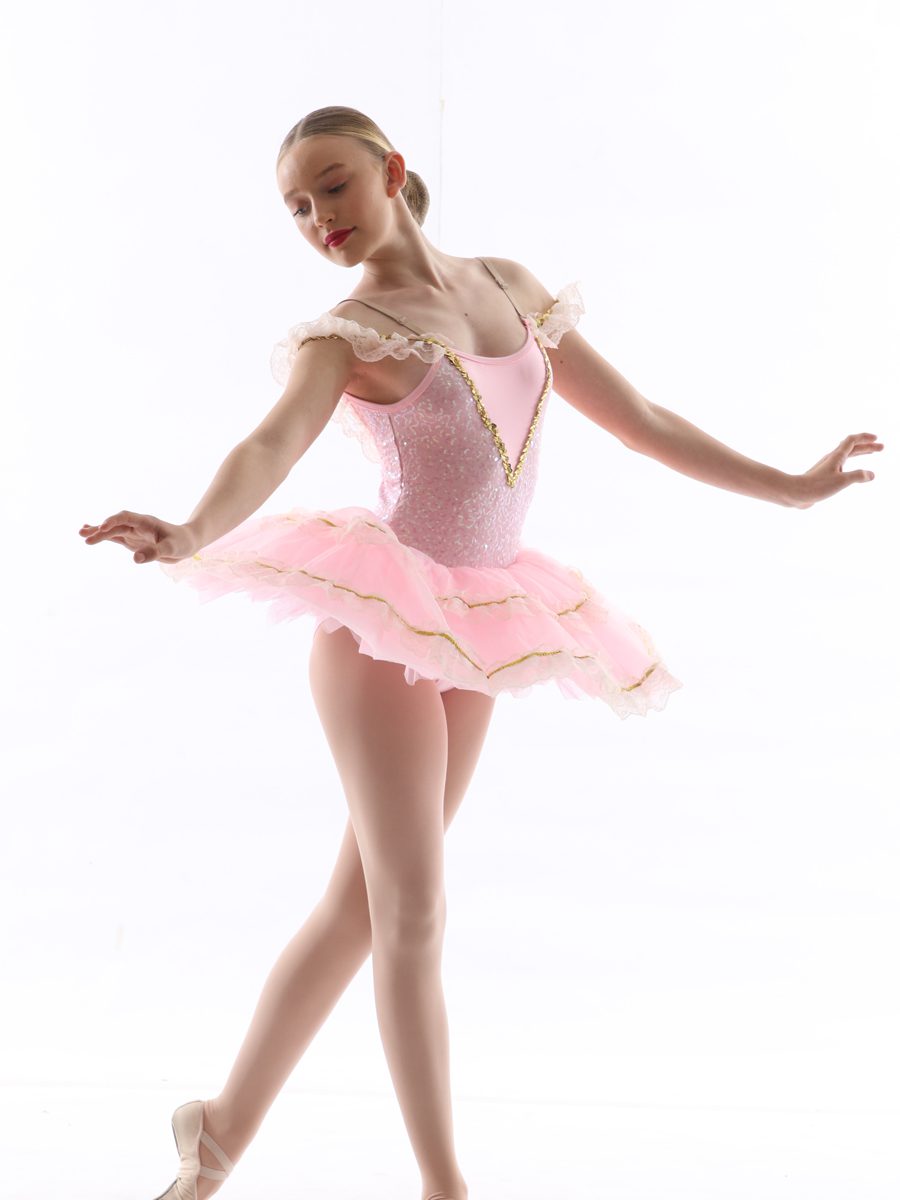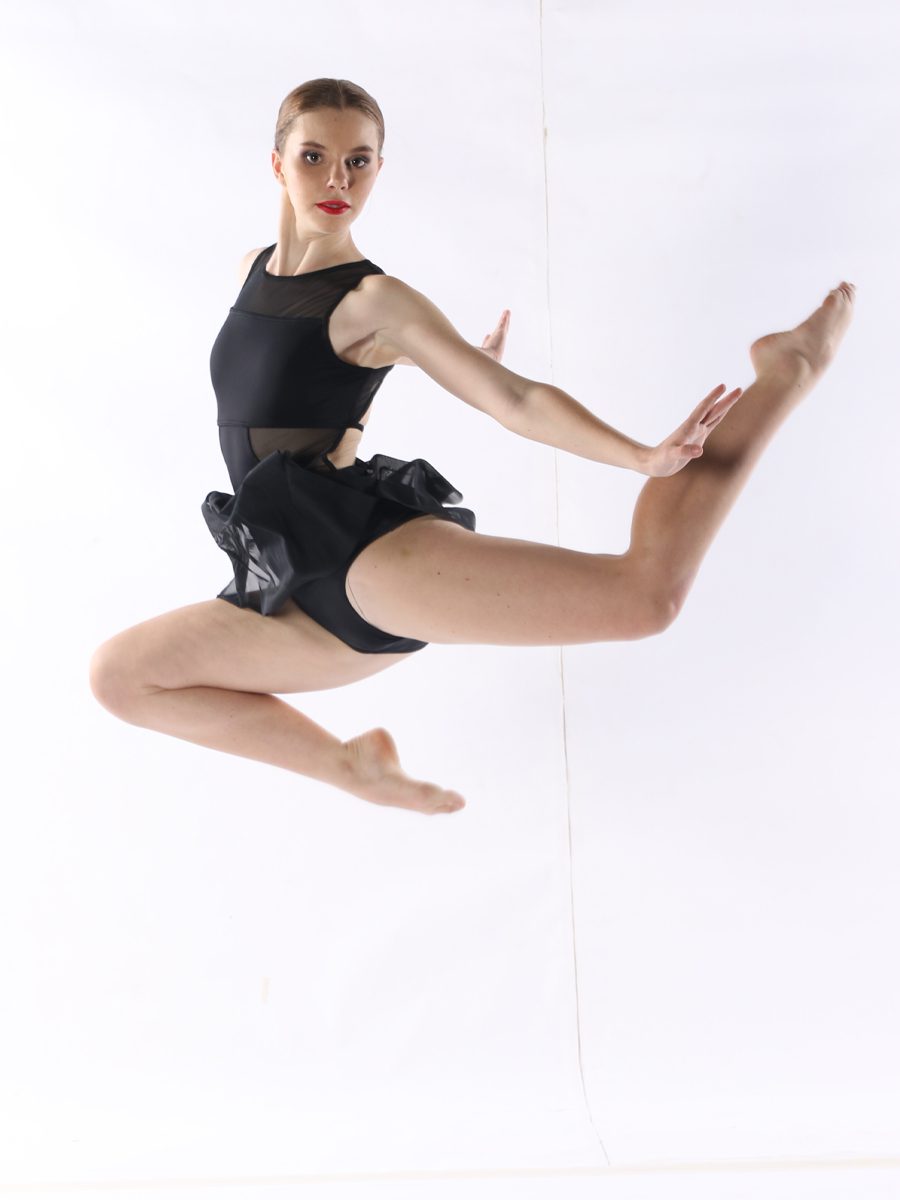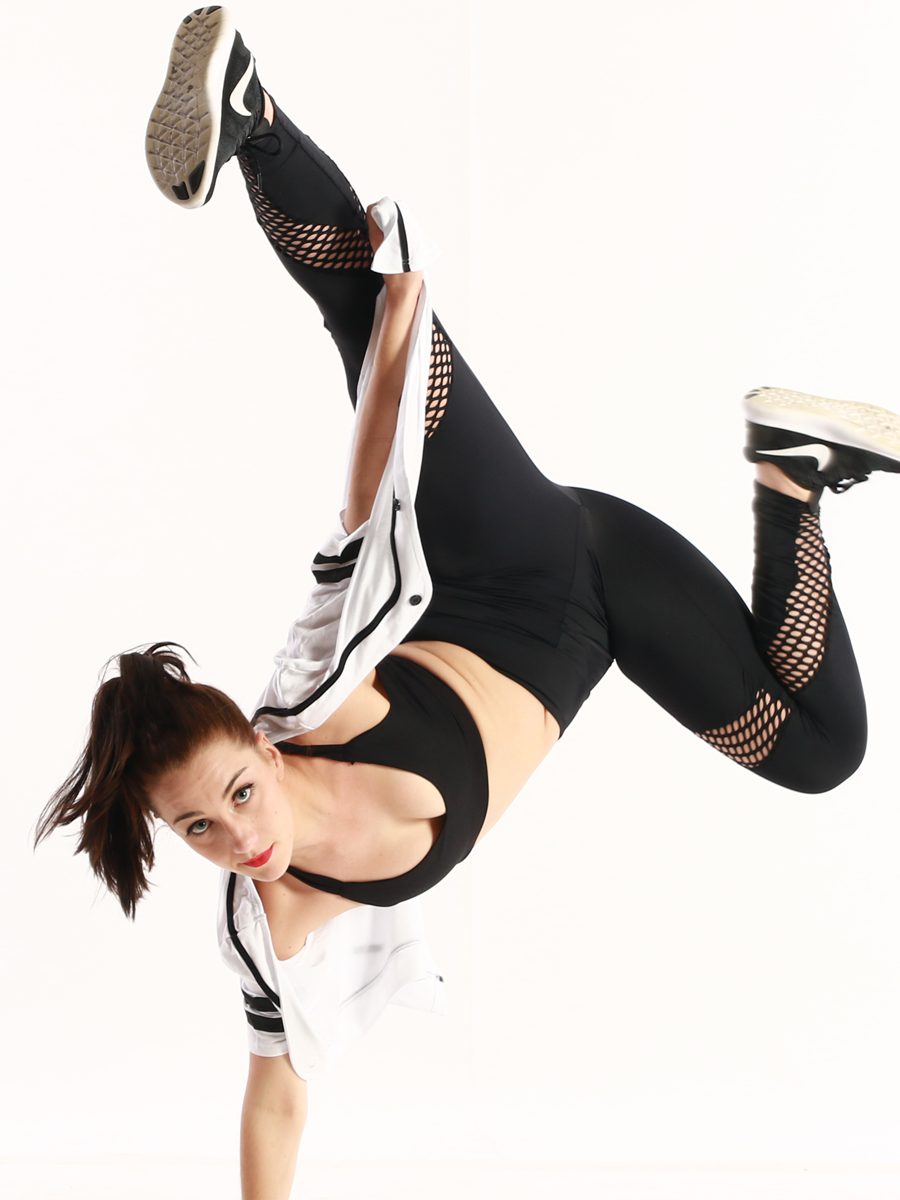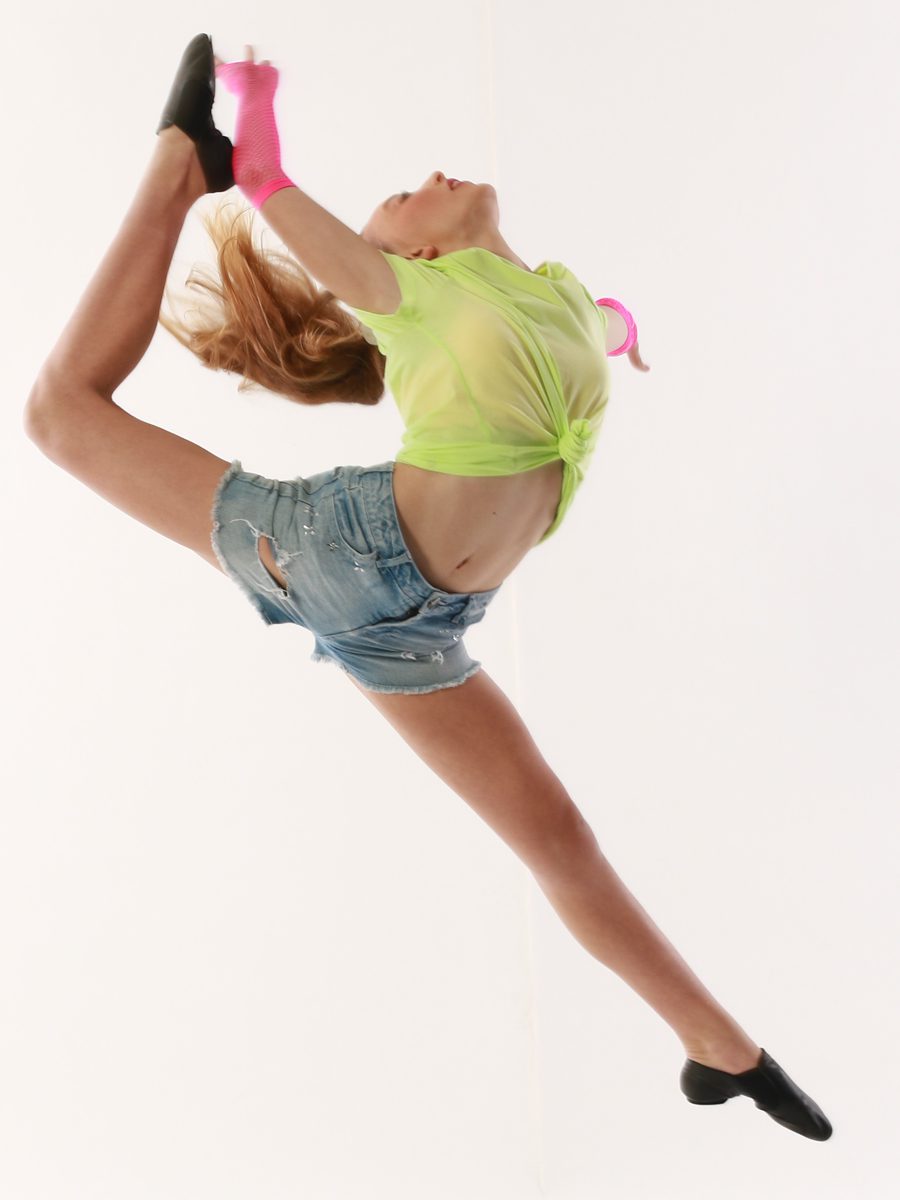Acrobatics (Acro) for dance is a skills class, safely and effectively teaching students acrobatic movements. These skills can be incorporated into dance or learned as a genre all on its own.
Tap
Tap dance is dancing whilst making a “tapping” sound with the feet, enabled by wearing shoes with a specially designed metal plate underneath the toe and heel. Tap dance has it’s roots in African and European history. African slaves when banned from playing their drums by slave owners in the 1700’s, instead used their bodies to make percussive sounds, including their feet. This evolved into the use of hard soled and soft soled shoes, and eventually in the 1920’s the addition of steel plates to the bottom of shoes. It is also argued that Dutch “Clog Dancing” was a precursor to tap dancing.
Tap dancing is currently taught in 2 styles – Rhythm Tap where the emphasis is on the sounds, rhythm and musicality of the tapping, and Broadway (theatrical) tap where the emphasis is on the style of dance and use of the whole body to dance.
Ballet
Classical ballet is the traditional artform of dance that has been practiced since the 16th Century, and continues today, characterised by turned out legs and pointed feet. It is widely regarded as the best basis for all dance training and technique. RWSOD offers ballet classes from Pre-School to Advanced students, and utilises Australian Dance Vision’s syllabus, amongst others.
Australian Dance Vision is a not for profit, member based Australian dance society, that was created by taking the wealth of knowledge of so many teachers, dancers, trainers across so many backgrounds and dance organisations, and compiled these into an all-Australian dance syllabus that is focussed on the education of the whole dancer. It has become one of the premier dance syllabus providers in Australia.
Examinations are offered (recommended but not compulsory) when students are deemed ready at each level of training, and annual performances and opportunities to compete are also offered.
Contemporary
Contemporary dance has developed over the last century, and draws on classical ballet, jazz and modern dance. It is known for the it’s sense of flow, but can also incorporate rapid changes, falls and suspension, releases and contractions, and incorporates many styles and ideas, and can be quite interpretive in it’s choreography. It is now one of the most popular dance styles in the world and encompasses a large body of styles, ideas, and technique within it’s overall genre.
Contrary to how “easy” contemporary dance can often look, it generally requires a strong technical background and dance training.
Hip Hop
Hip Hop dance is generally a modern or street style that is danced to hip hop music. Hip Hop has developed over the last 50+ years alongside Hip Hop culture. Arguably beginning in the Bronx of New York in the 1970’s, with breakdance and funk, it developed alongside “ghetto culture” and music to gradually become more and more mainstream.
Hip Hop dance can include breakdance, funk, upbeat, popping, locking, tutting, and it continues to constantly evolve, to now include more gymnastic and martial art influences, and krumping, slam and twerking. Part of it’s very nature is it’s continual innovation and change. It has developed so much that there are now styles of Hip Hop including commercial, street, lyrical and funk.
At RWSOD we ensure that our Hip Hop content is age appropriate and family friendly, while still cutting edge.
Jazz
Jazz dance encompasses many modern/contemporary dance styles, and has developed over the last century. Traditional jazz dance has it’s roots in African and European culture, and developed and changed with modern society. The growth of Classical Ballet led to jazz having a strong emphasis on technique, and it developing into a genre of it’s own in dance training. Jazz is constantly evolving and now incorporates commercial jazz, lyrical jazz, street jazz, musical theatre.
RWSOD utilises syllabus from Australian Dance Vision and other organsiations, and open/free classes to offer the latest in Jazz technique and style.
